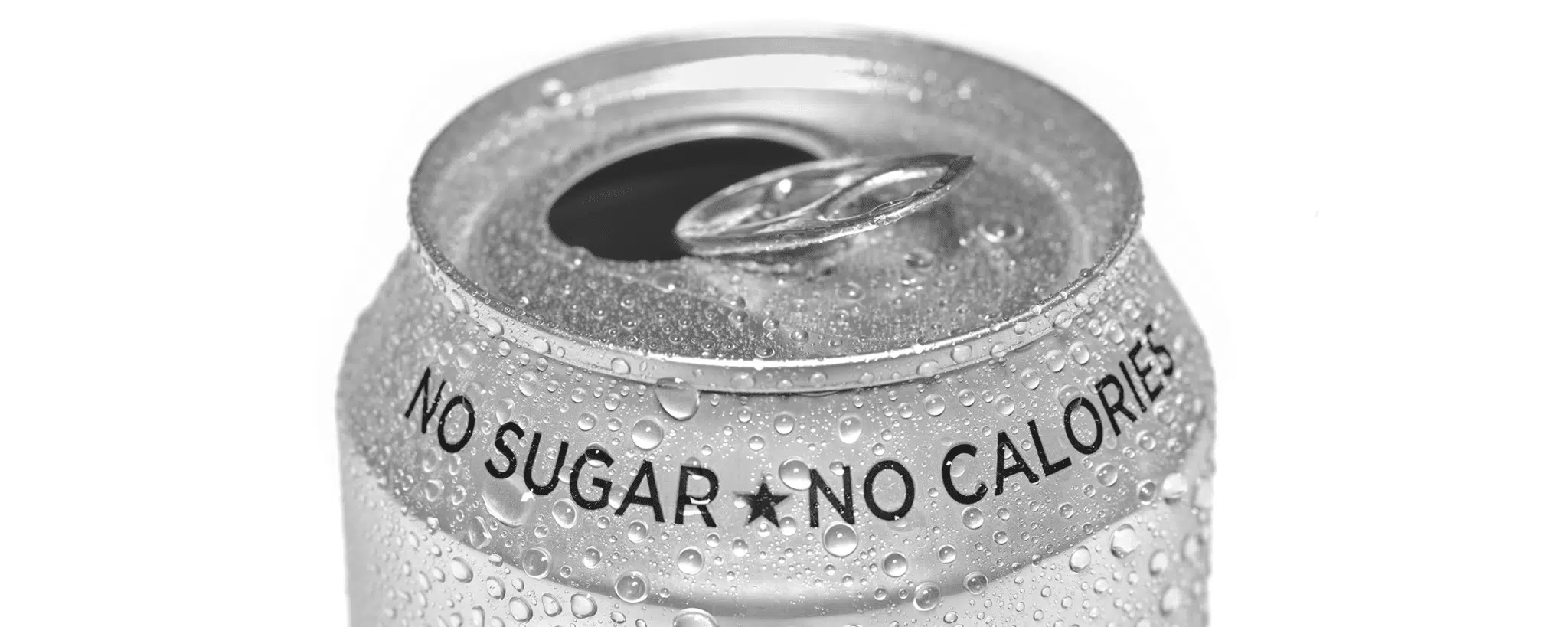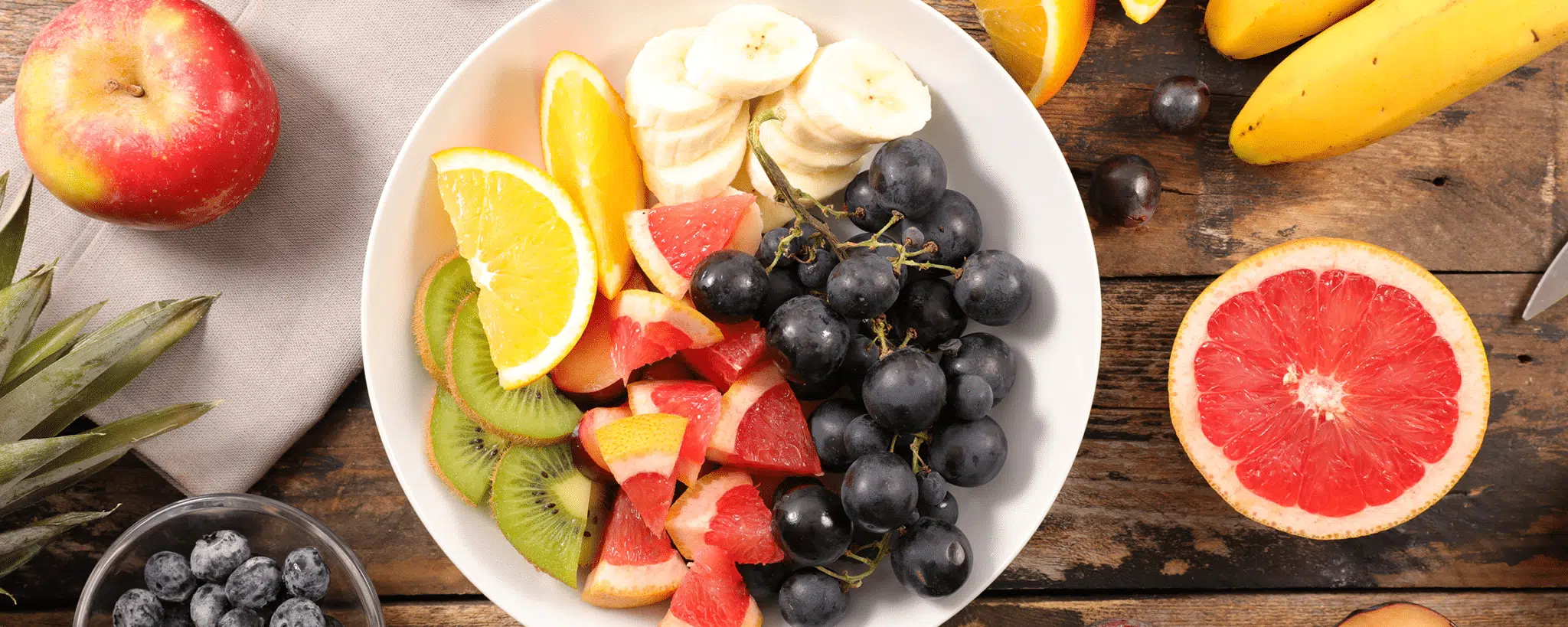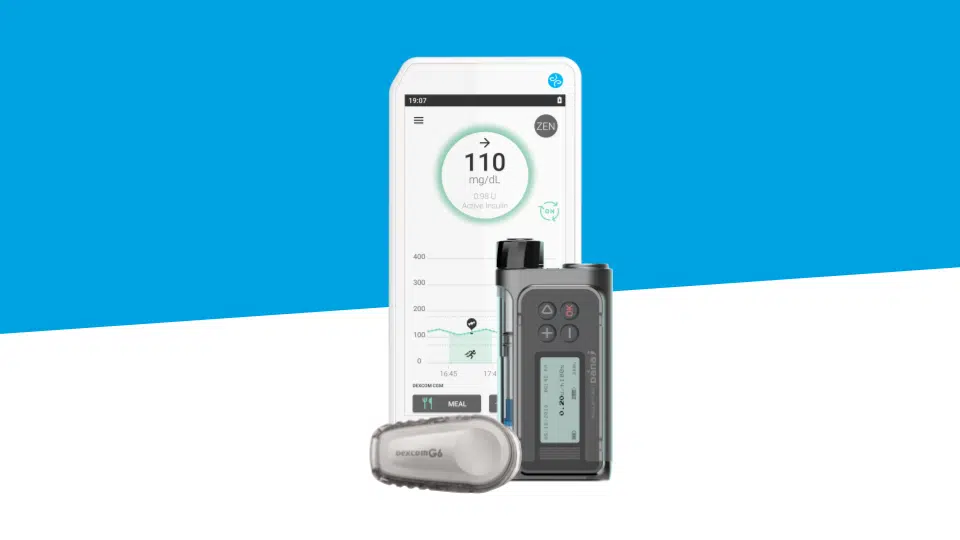
“Low-Sugar”, “Light”, “Zero” Products, No Added Sugars… What’s What?
Low-sugar, zero sugar, no added sugars… Most names in the agrifood industry offer various versions of their original products, whether it’s for drinks (sodas, syrups, fruit juice, etc.), cookies, or even candy. Some brands have even made them their main selling point, their unique selling proposition.
What do you need to know? What’s hiding behind all this jargon? When you’re living with diabetes, it can be challenging to treat yourself and avoid your blood sugars skyrocketing, so it’s extra important for you to have the right information on the sugar quantities and nutritional values of what you’re eating.
“Low-Sugar” Or “Light” Products: Less Sugar, But There’s Still A Bit
Products claiming to be “low-sugar”, or which are commonly referred to as “light products” are subject to regulations issued by the European Union (EU). To obtain this label, the sugar content must be reduced by at least 30% compared to a similar, standard product.
To reduce the sugar quantity while retaining a sweet taste, manufacturers tend to opt for sweeteners, sugar substitutes such as aspartame or acesulfame potassium. Some are calorie-free, some aren’t, but they always contain a lot fewer calories than white sugar. Despite this, their sweetening power is much stronger than that of white sugar.
Now, let’s take a look at carbohydrates. The light products we’re all most familiar with are sodas. However, there’s a whole host of low-sugar product ranges, including applesauces, cookies, cakes, etc.
| To Keep In Mind: Of course, light products contain less carbohydrates than standard products, but they may contain more lipids, which means more calories and more fat. This means that your body absorbs the sugars at a much slower rate. Make sure you carefully read the Nutrition Facts label before buying your product. |
“No Added Sugar” Products: Sugar, Yes, But It’s Natural!
A “no added sugar” product does not contain any food items with sweetening properties. Only the sugars naturally occurring in the product itself are present. These products don’t contain any additional sugar or sweeteners.
If sugar is naturally present in product, the label will indicate “Contains natural sugars.”
Therefore, a “no added sugar” fruit juice only contains the sugars naturally present in the fruit the juice has been extract from. As an example, you’ll often find “no added sugar” applesauce in stores.
“Zero” Products: No Sugar Here, Thank You Very Much!
According to EU regulations, to be able to be labelled as “zero” or “sugar-free”, these products must not contain more than 0.5 g of sugar per 100 g or 100 ml.
They still have a sweet taste, true or false? True: they do, thanks to polyols (including erythritol)!
This organic compound is mainly used in the food industry for its low-calorie content and sweetening properties. Plus, it’s often combined with the stevia plant.
In “sugar-free” products, we’re only talking about the “sugar” line on the Nutrition Facts label (see below). This means that for cookies, for example, wheat flour is counted in the carbohydrates, but given that no sugar is added and that the cookie contains polyols, the sugar quantity is zero.
The same goes for sodas and candy, as polyol adds a sweet taste, just without any sugars being present.
Are There Any Natural Alternatives To Sugar?
There are countless natural substitutes for white sugar, which means products can have a sugary taste without the sugar content. You’ll be familiar with the better-known ones, such as honey, agave syrup, and coconut syrup. Plus, there are others which you may not have heard of, but which are no less effective, such as rice syrup, xylitol, and rapadura… How long have you got? The list is pretty long!
Read more: Sugar And Diabetes: Natural Substitutes
Watch out! They’re trying their best, but there’s no such thing as a miracle solution 😆 Just because they’re natural, doesn’t mean they’re lower in sugar, which needs to be taken into account when calculating carbohydrates before an insulin dose!
Hopefully this article has cleared some things up for you, and now phrases like “low-sugar”, “light”, “zero” and “no added sugar” make a little more sense to you!
Sources
Regulations
- https://eur-lex.europa.eu/LexUriServ/LexUriServ.do?uri=CONSLEG:2006R1924:20100302:FR:PDF
- https://franceintheus.org/IMG/pdf/etiquetage_actualisation_novembre_2015.pdf
Information and articles
- https://fr.openfoodfacts.org/
- https://www.santemagazine.fr/minceur/regimes-minceur/quest-ce-quun-produit-light-173300#:~:text=D%C3%A9finition%20des%20aliments%20all%C3%A9g%C3%A9s%2C%20%22light%22%20ou%20l%C3%A9gers,-Le%20premier%20produit&text=Aujourd’hui%2C%20la%20l%C3%A9gislation%20fran%C3%A7aise,rapport%20au%20produit%20de%20r%C3%A9f%C3%A9rence
- https://www.magazine-avantages.fr/,produits-lights-alleges-et-pauvres-en-calories-nos-allies-minceur,2300100,24622.asp
- https://www.cultures-sucre.com/sucre-et-alimentation/light-sans-sucres-allege-quelles-differences/
- https://www.economie.gouv.fr/particuliers/etiquette-obligations-alimentaire
- https://sante.lefigaro.fr/actualite/2016/09/23/25432-sept-conseils-pour-decrypter-etiquettes-nutritionnelles







